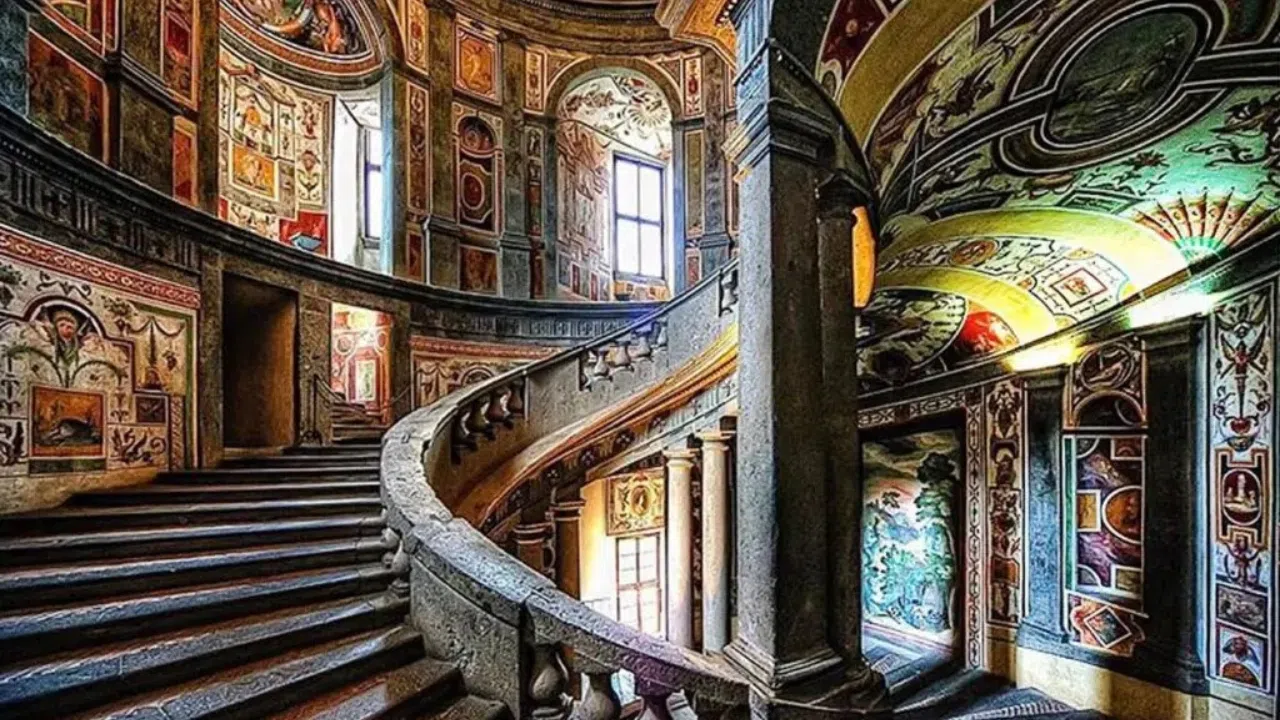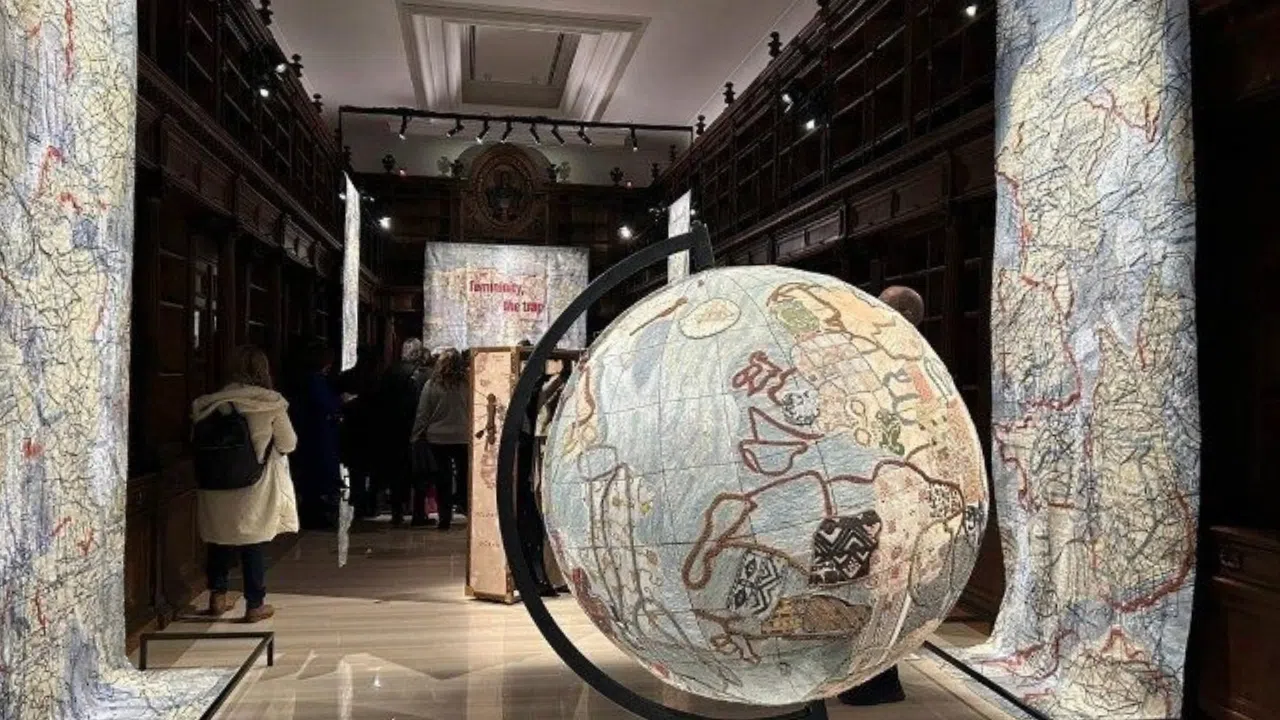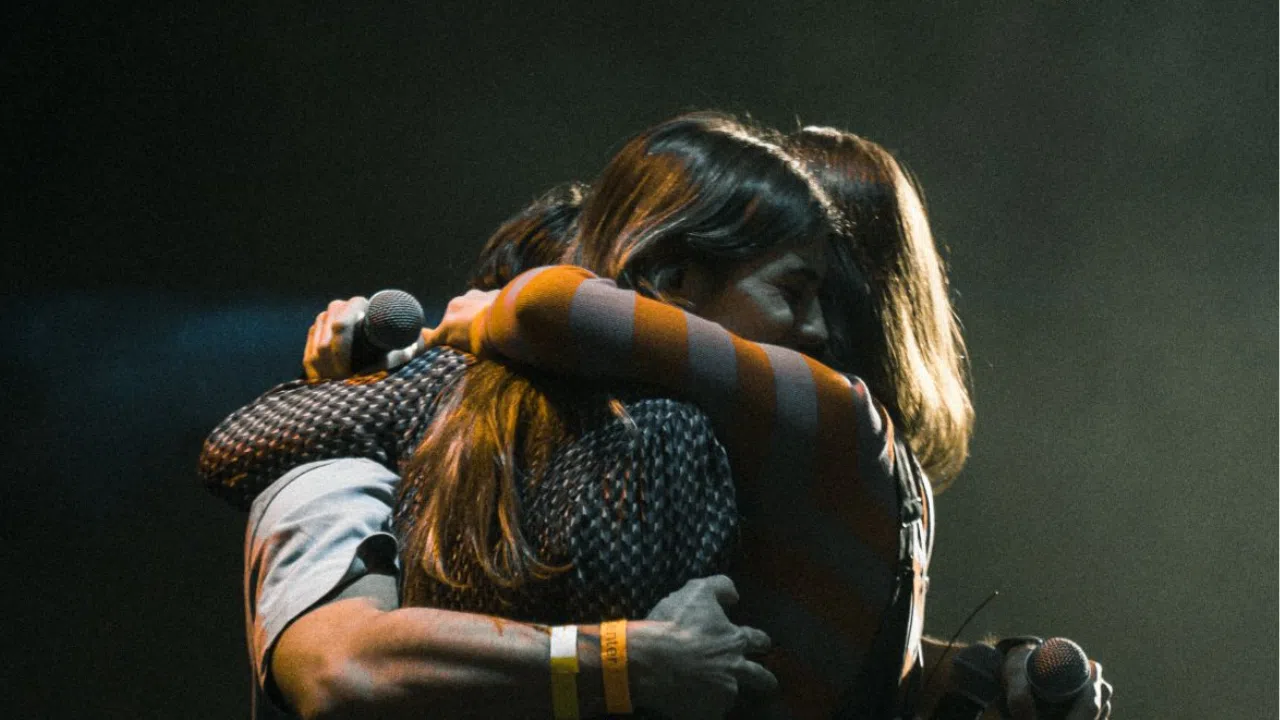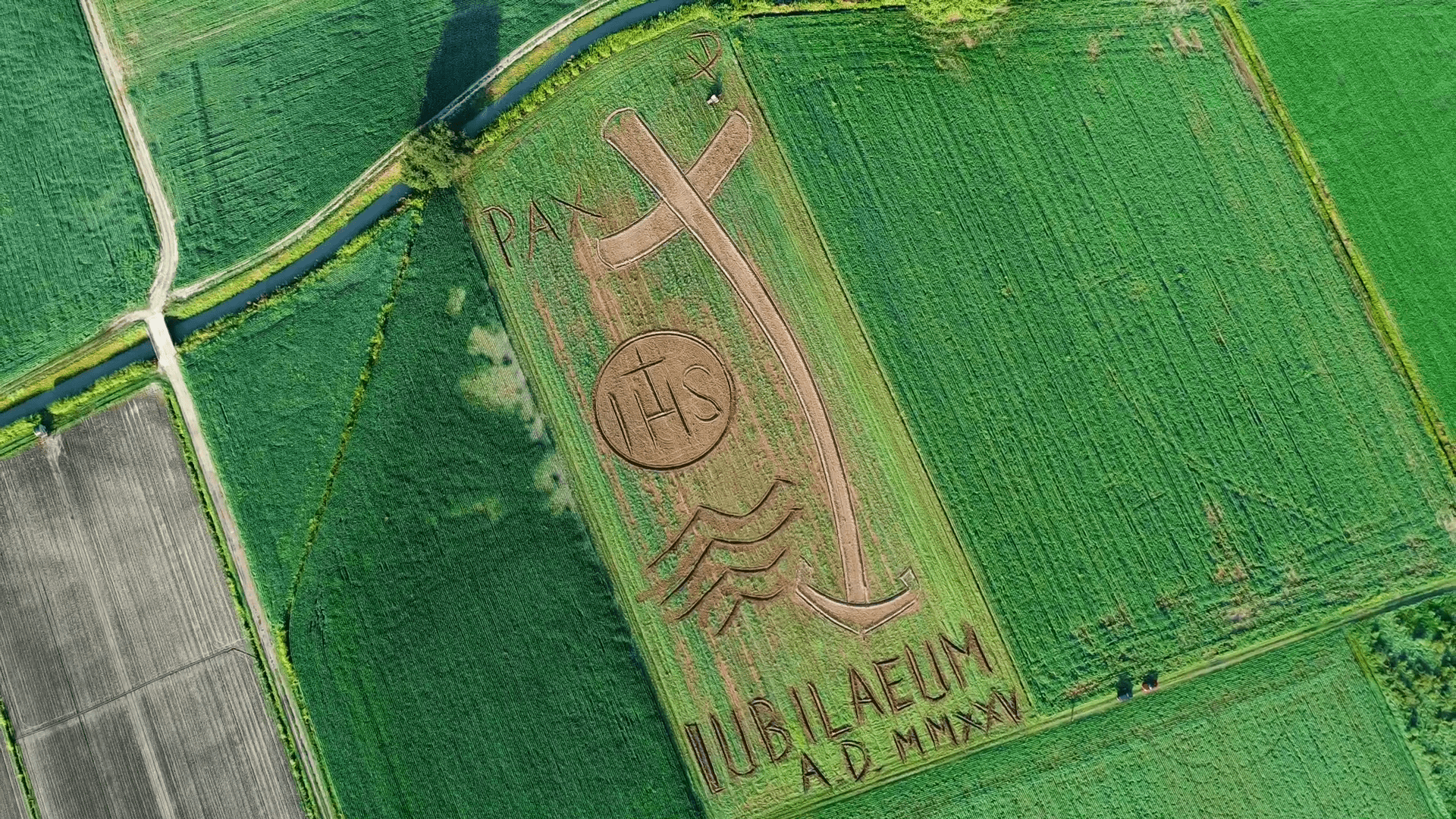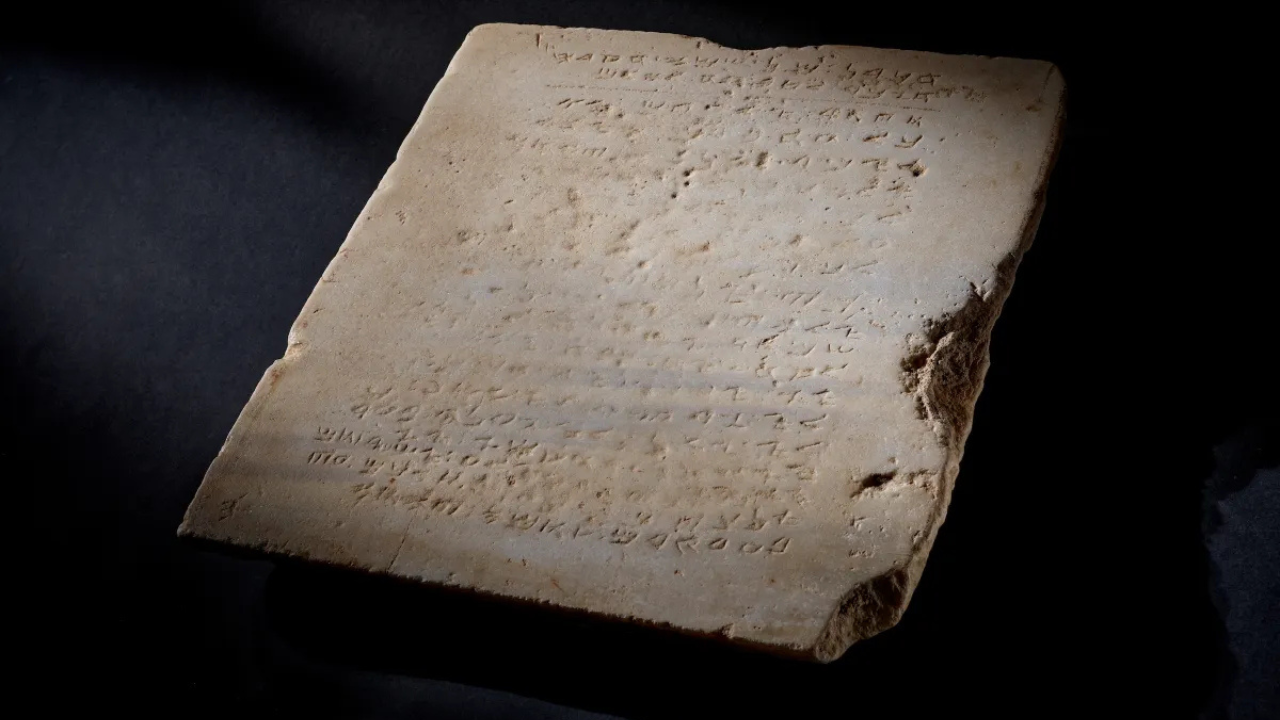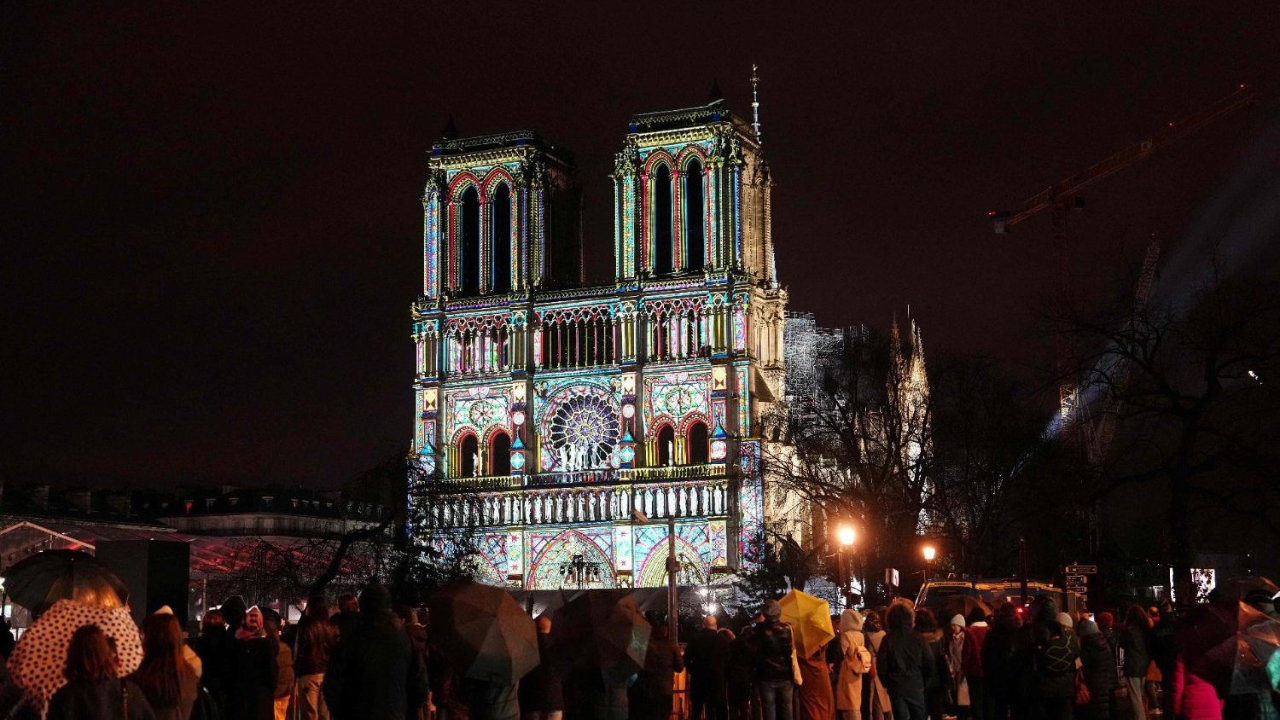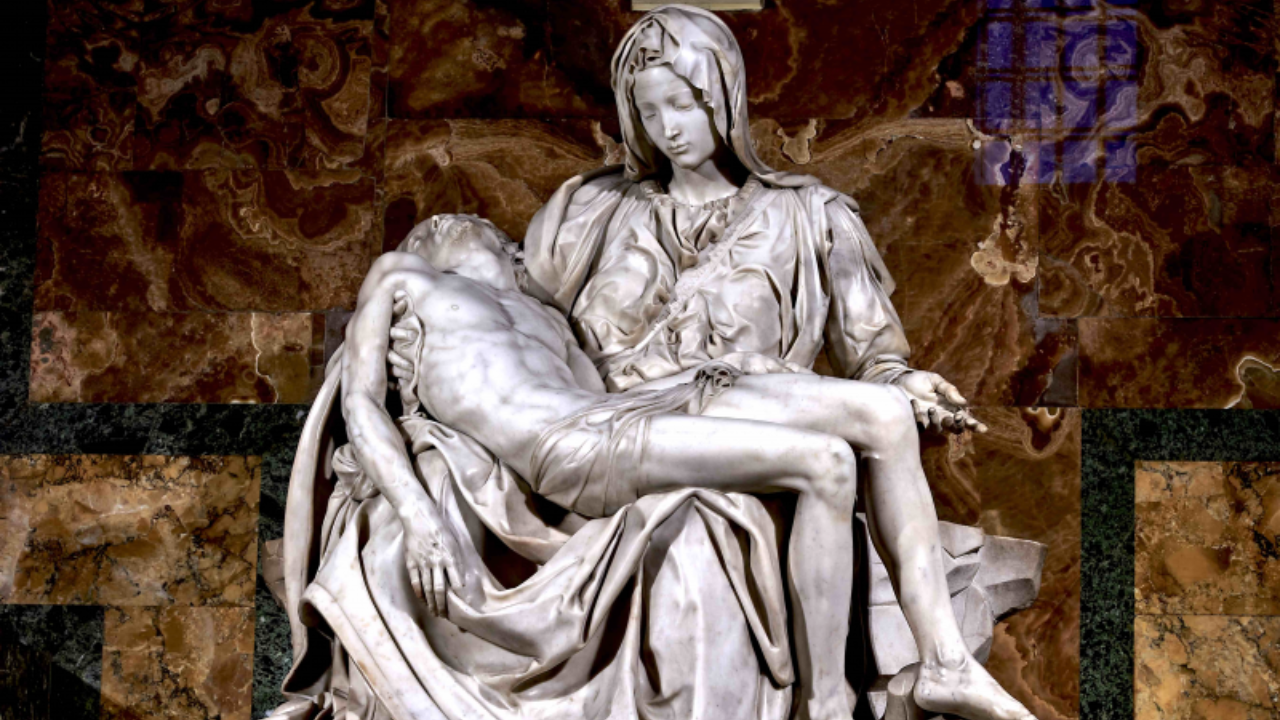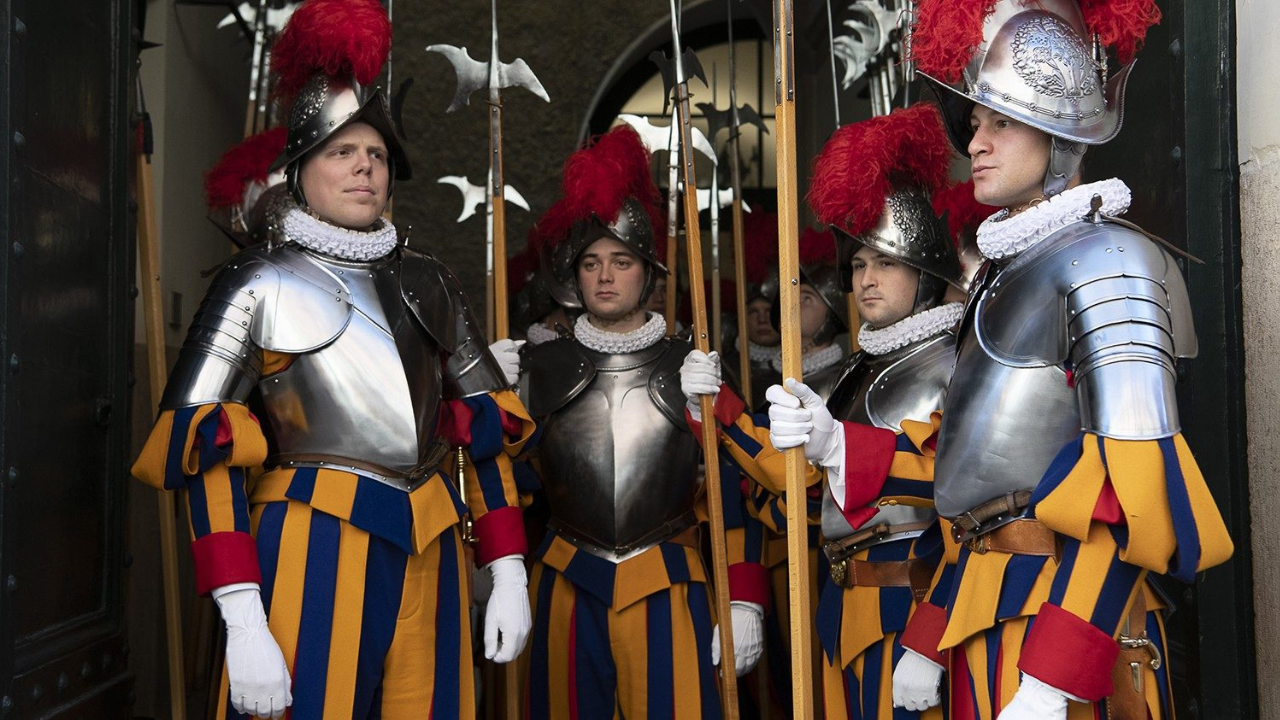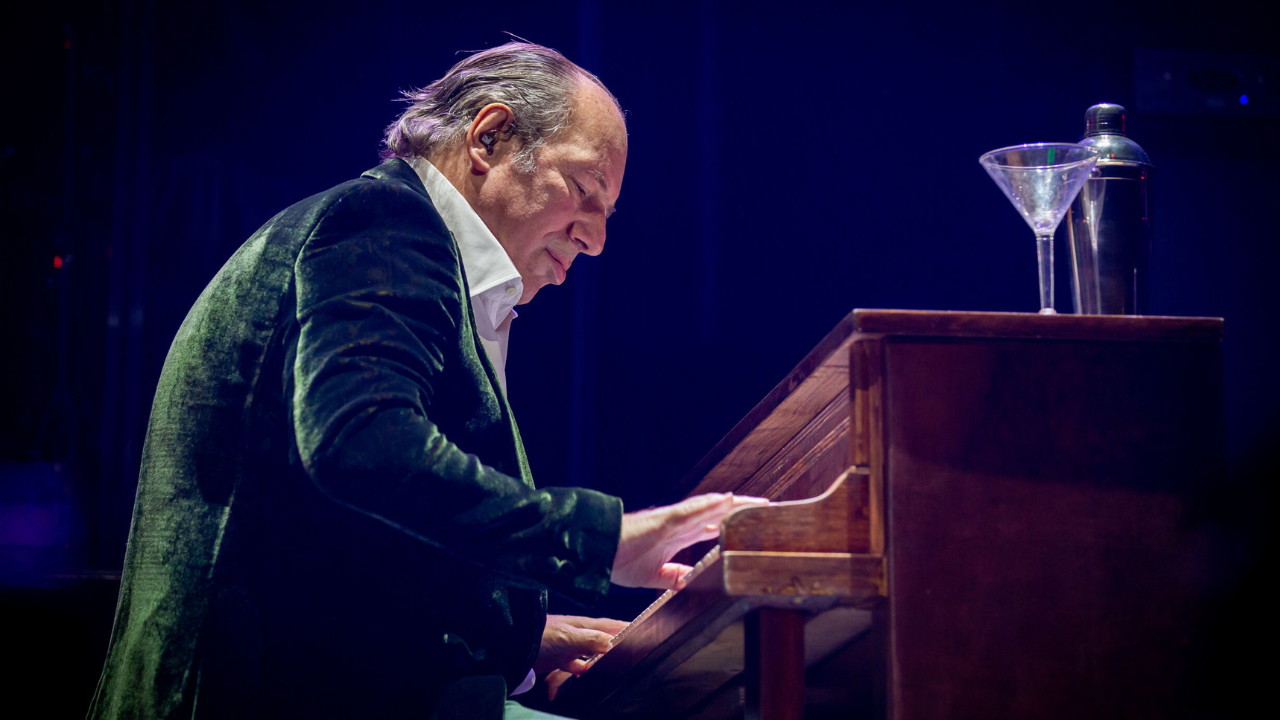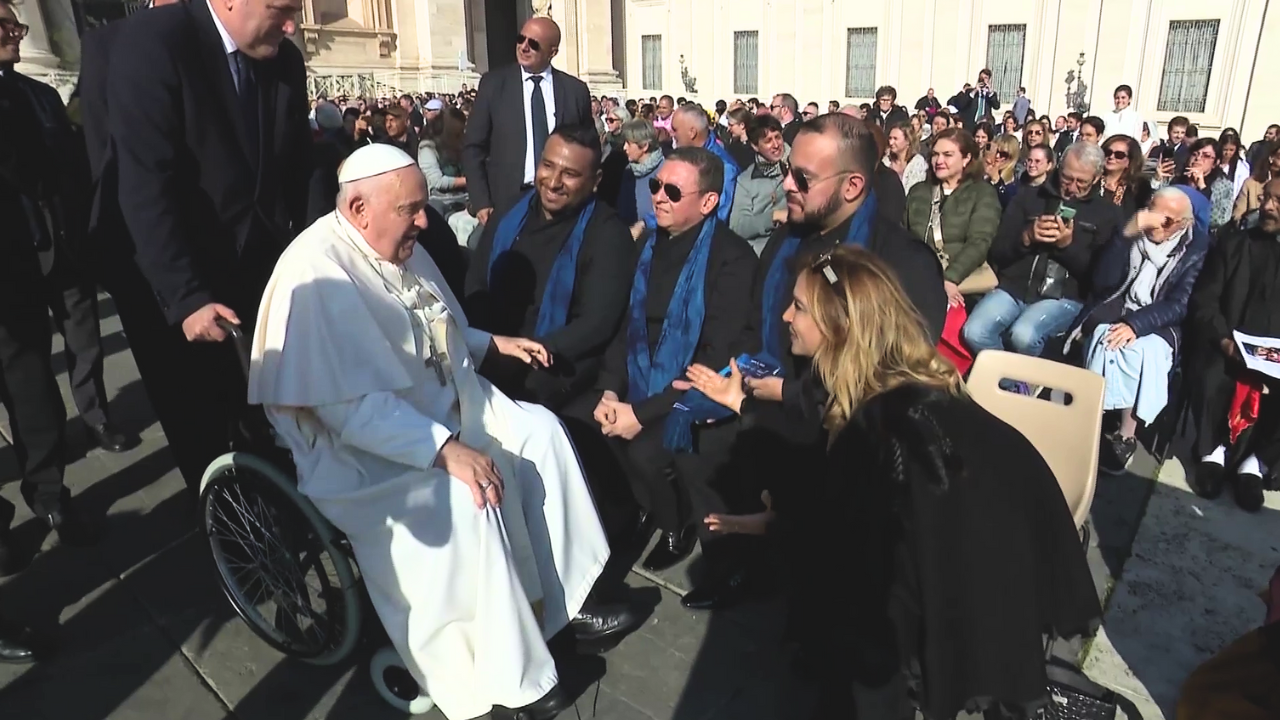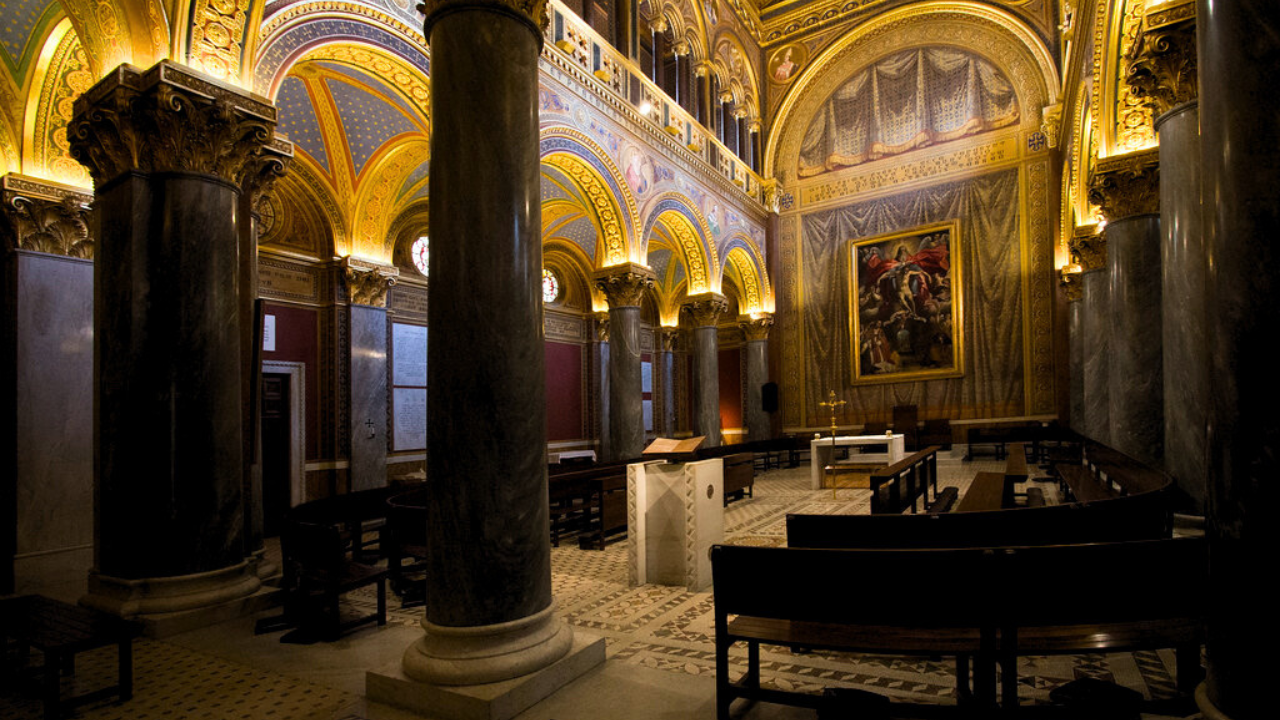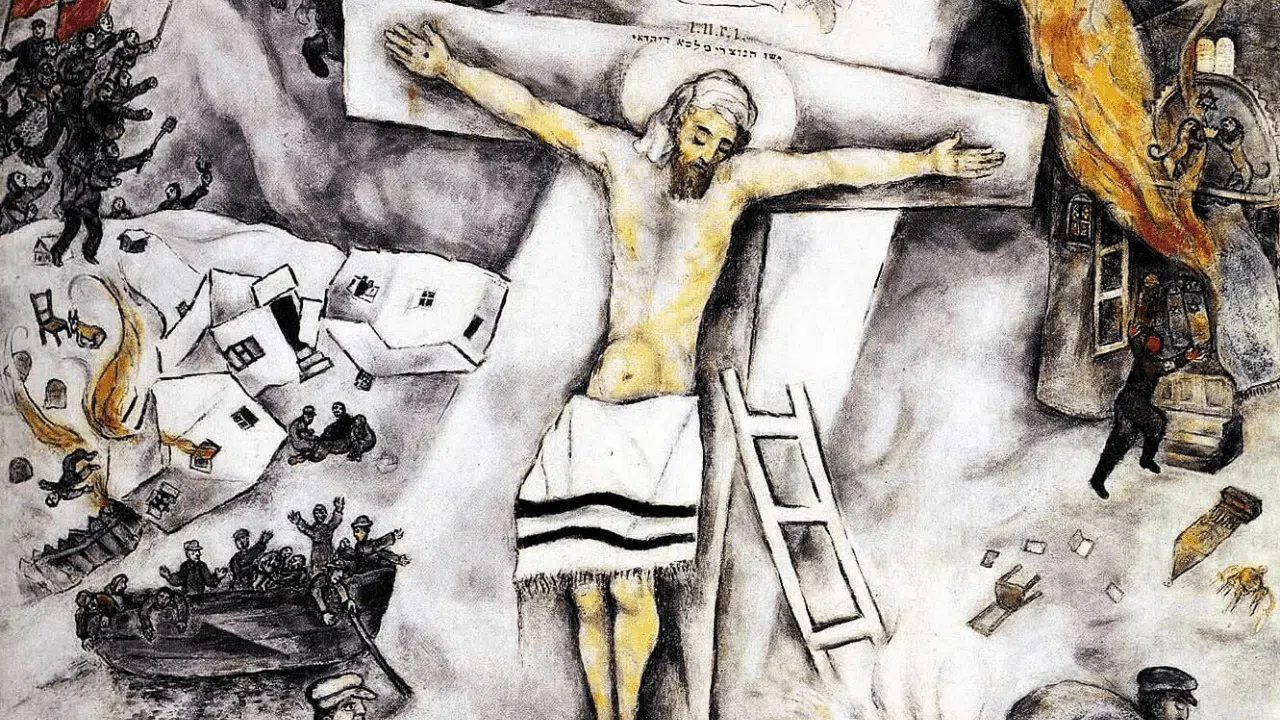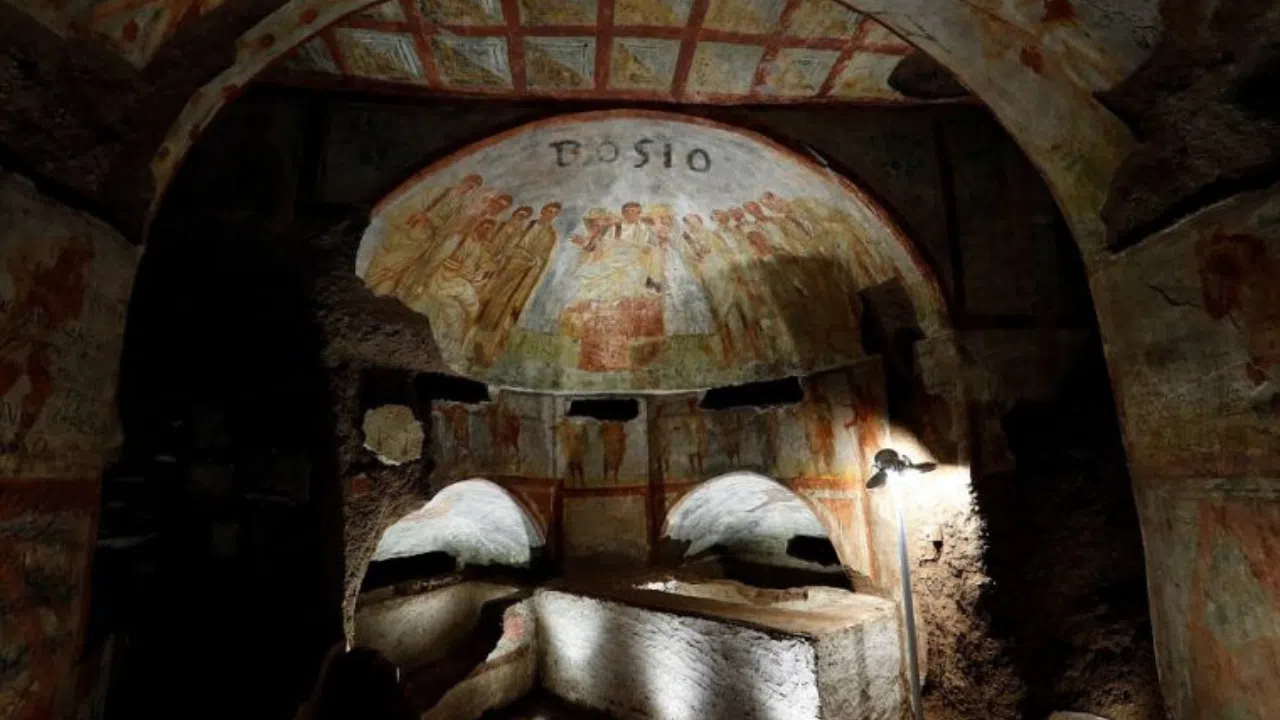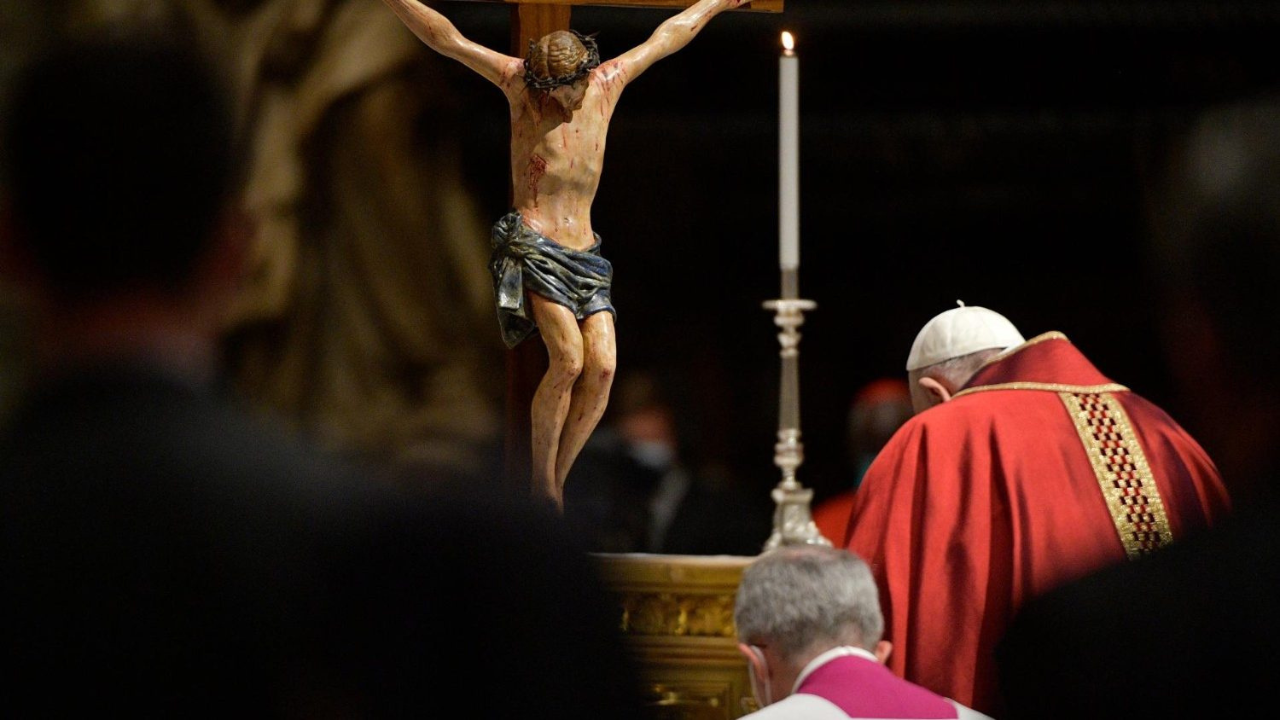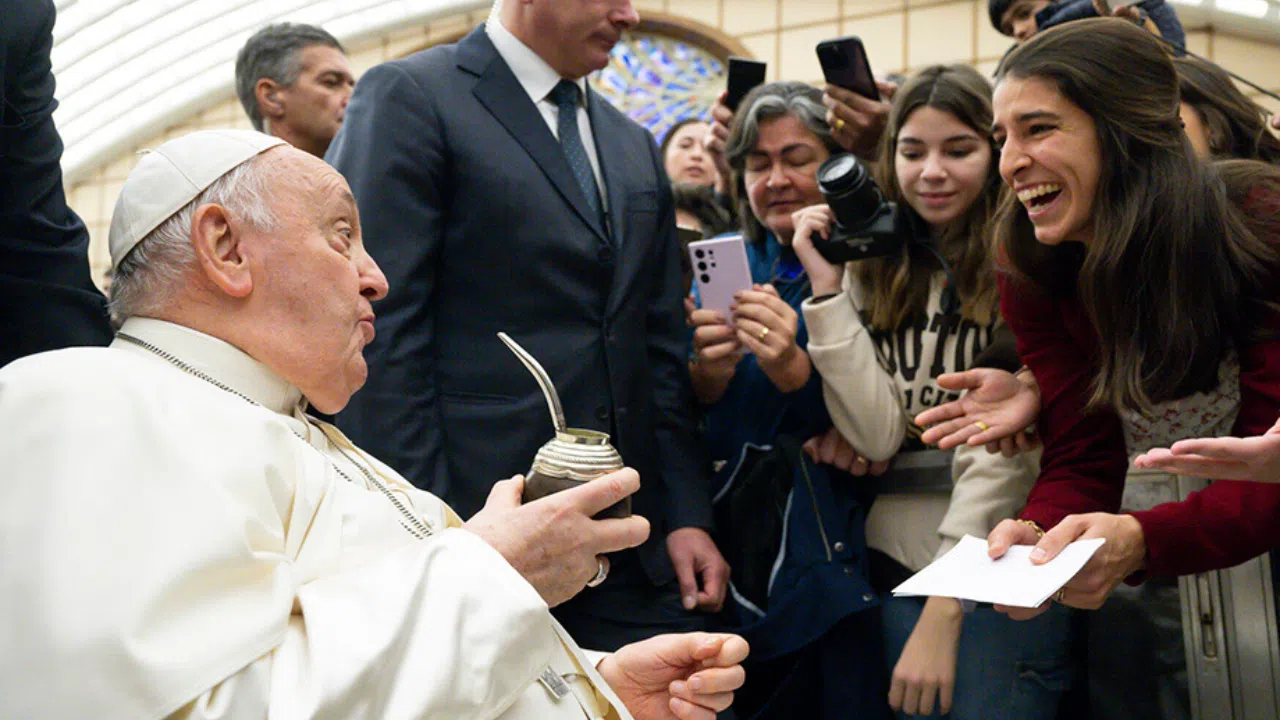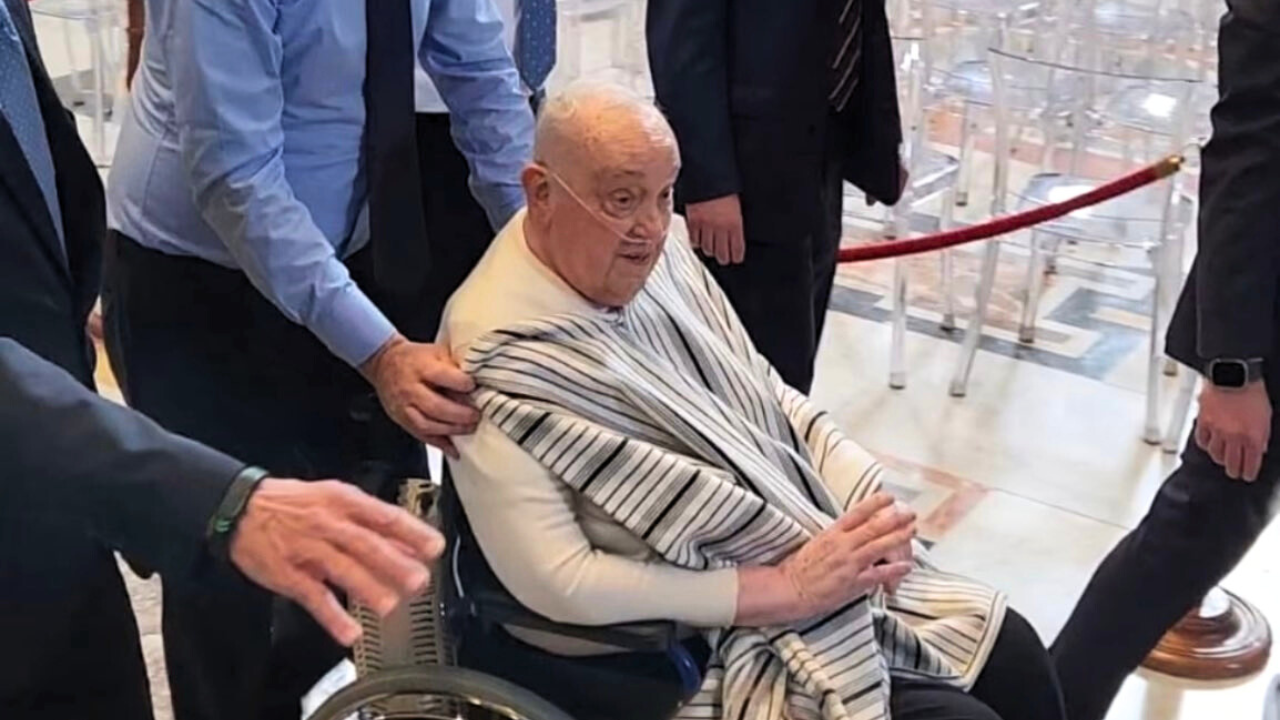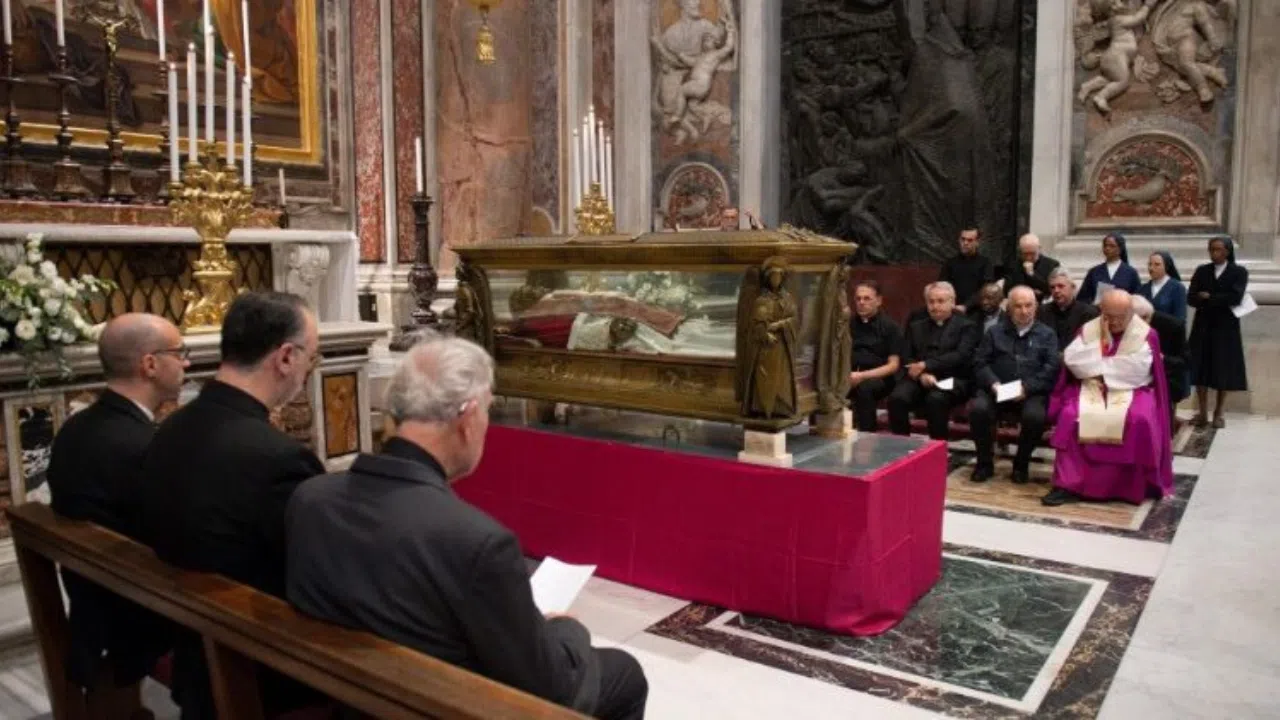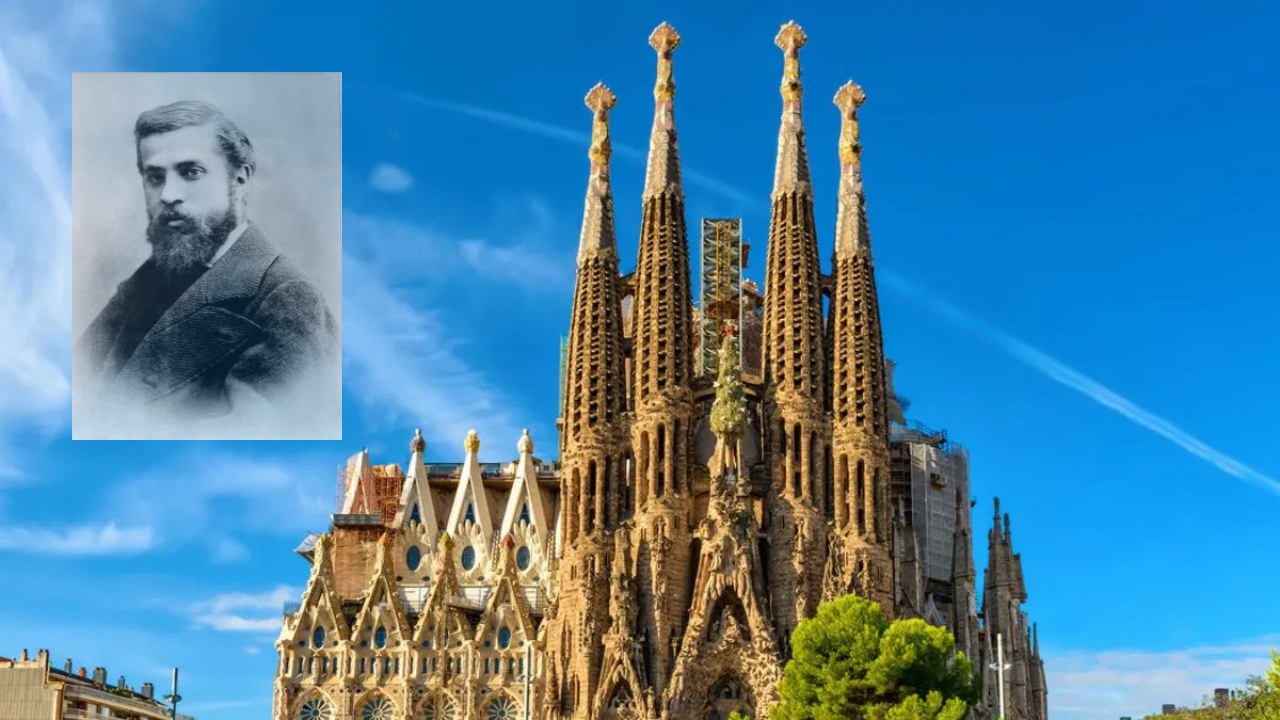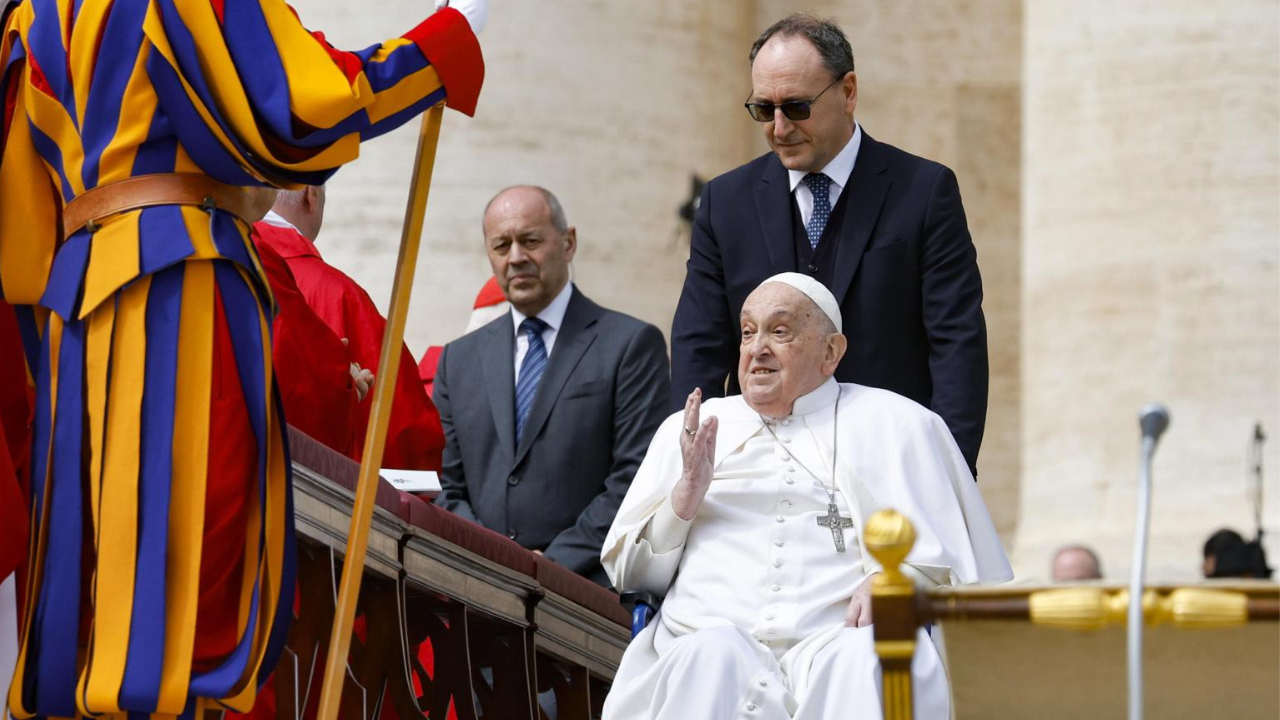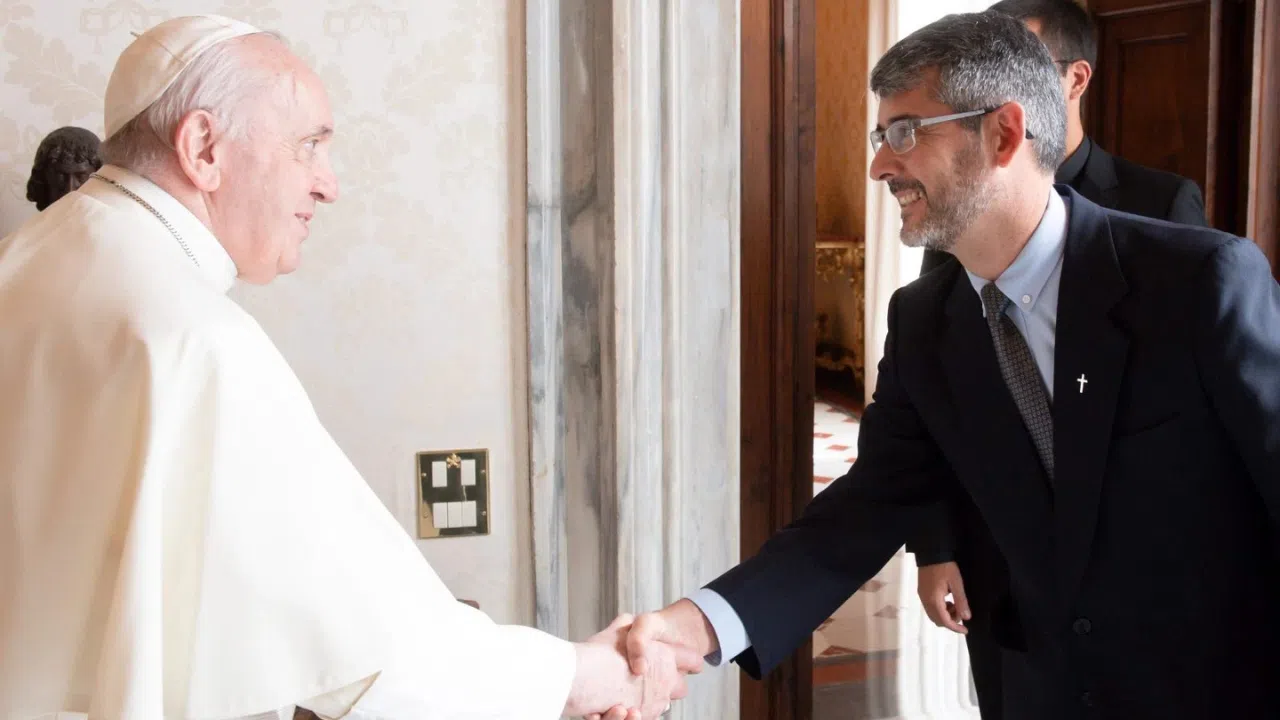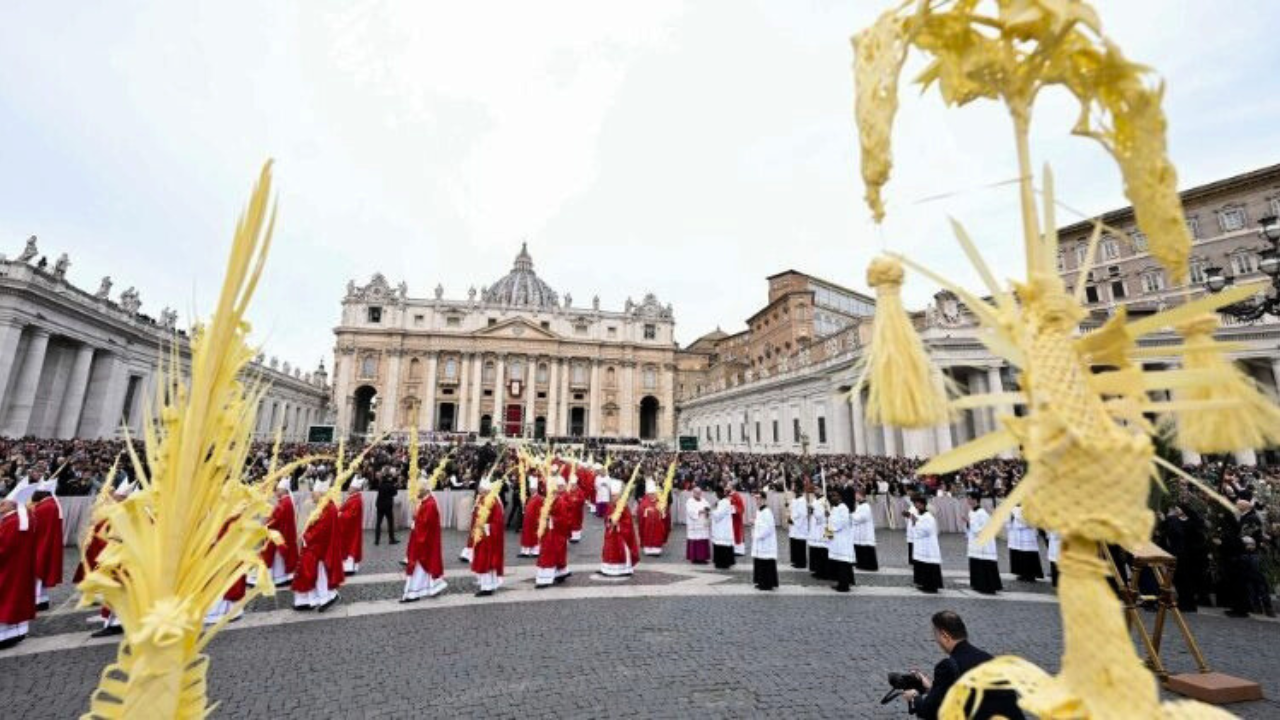These icons had never left Russia and are being presented for the first time in Rome. The exhibition is called “The Russian icon, prayer and mercy,” and has Russian icons from the middle of the seventeenth century to the beginning of the nineteenth.
The reason isn’t only to make Russian art known outside of the country, but also to reveal the important links between Russian culture and that of western Europe, making cultural heritage accessible to everyone.
ALEXANDER PAKLIN
Russian Embassy to the Holy See
“We decided to do an exhibition because icons are important symbols in Russian culture. We have a lot of experience in the field of iconography and we thought it would be interesting for the public to see examples of Russian icons that had never been presented abroad.”
It deals with works that mix an avant-garde and contemporary style with traditional techniques. In addition, they incorporate features of European art, particularly Italian, that at the time surprised the first ambassadors who arrived in Italy.
LILIJA EVSEEVA
Andrey Rublev Museum (Moscow)
“There are clear influences of Baroque art, others also with Rococo influences. However, most of the icons are from internal Russian schools that conform more to traditional standards. So, this mix is what is most representative and significant.”
Eastern spirituality is objectified in these paintings. The figure of the Blessed Mother gains major relevance in works like this that, inspired by the book of Revelations, depict her Assumption into heaven.
Additionally, other scenes such as the Resurrection of Christ or the Transfiguration take on a central role in the exhibition.
VULIA BUZYKINA
Museum of Russian Icons (Moscow)
“This exhibition is very important because, unfortunately, we frequently forget that we have the same roots, western Europe and Russia; and Christian religion is without a doubt part of that cultural basis.”
In this way, the exhibition mainly depicts prayer and mercy, two essential components in Christian spiritual life.
